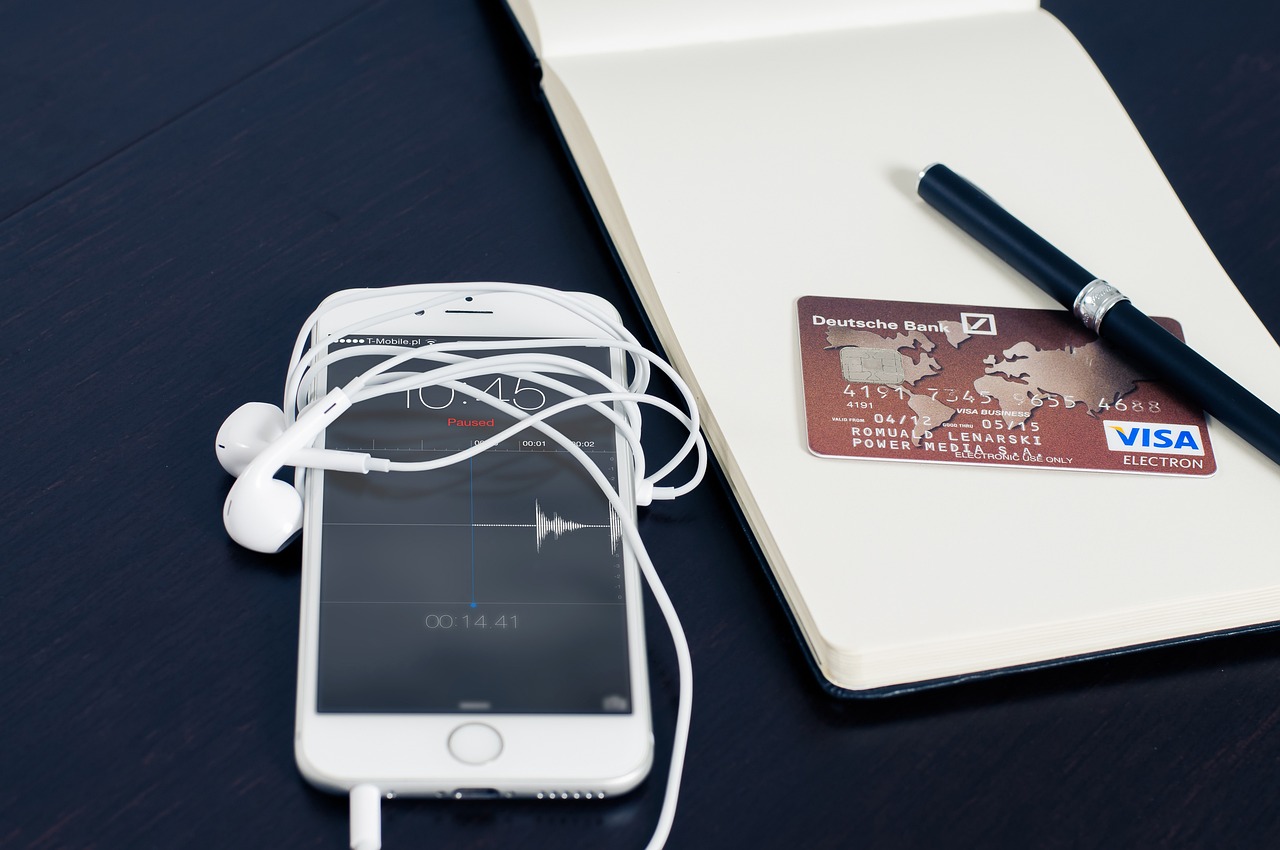The move to digital banking has made life easier for millions of people worldwide, who can now check their balances and carry out transactions in a way that suits their lifestyles. However, it would be wrong to think that using a mobile app is enough to turn any bank into a digital option.
Diverse Ways of Accessing Data
Only some bank customers want to access their bank accounts in the same way. According to this infographic, everyone needs several essential pieces of technology in their tech survival kit. That includes flash drives, external drives, and SD card readers. These accessories can all be useful at various times, such as for keeping important information on or for emergencies. That brings us to the point that online banking isn’t something that should only be available when you’re in an urban zone with excellent network coverage. A digital bank also needs to be available when needed, no matter where the customer is. They need to offer the chance to access data offline securely and various ways of storing important information.
It should also be remembered that digital banks are for everyone, not just for technical experts. The data has to be presented in a way that anyone can understand. That explains the trend for simple banking apps that have a minimalist design. Still, augmented reality (AR) and virtual reality (VR) could perhaps be used in the future to give even more accessible and more intuitive ways of carrying out transactions, as we can see in these examples of AR technology in action.
Use of Data and Customer History to Personalise the Banking Experience
We’re now so used to getting a personalized experience online that perhaps we barely notice it now. Still, if we think about it, many industries use our data and past interactions to customize the experience. That allows your streaming service to be pretty accurate with their suggestions about what might interest you and how online shopping sites can suggest the best products for our needs.
Artificial intelligence (AI) is making it easier to do this, and there’s no reason it can’t be used so that digital banking gives us the convenience that other industries have achieved. There are also banking platforms that use AI to automatically calculate how much a customer should be able to save each month or to decide how to move their funds across different accounts.
A truly digital bank can remind us when we reach a date when we usually pay a bill, or it can tell us how we can best use our money, taking into account what AI has calculated about us over time. It’s no wonder that 80% of banking are already aware of the possibilities offered by AI, as explained in this article on the subject.
These different areas will help digital banking become more valuable than it already is, allowing us to carry out our financial transactions in a way that suits every type of lifestyle and personality.














